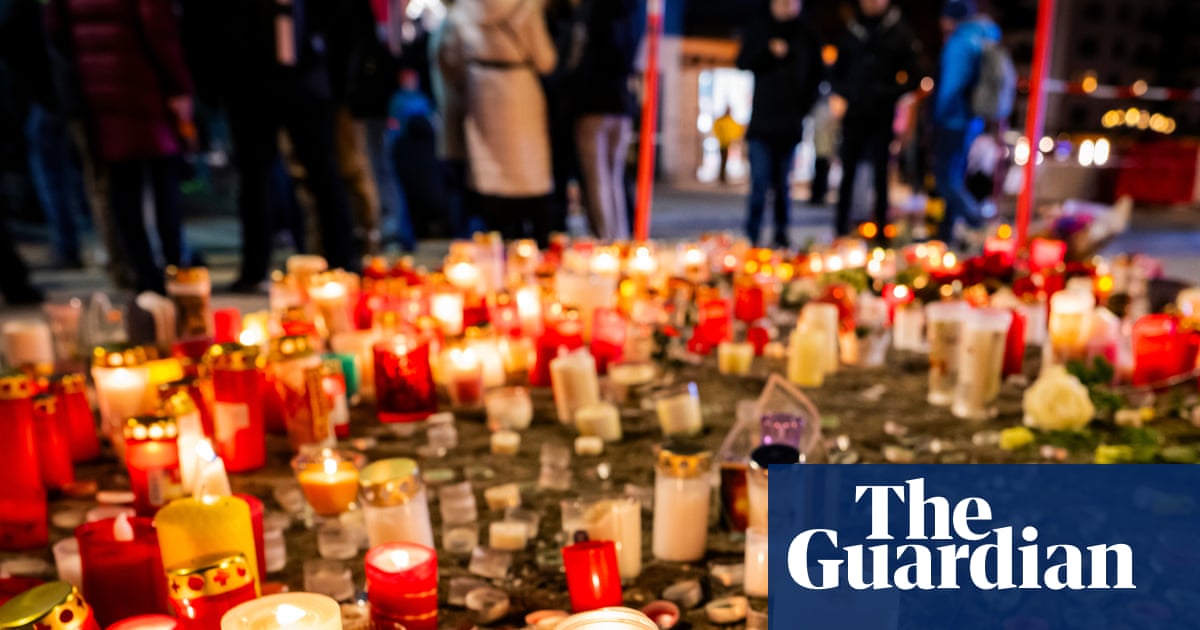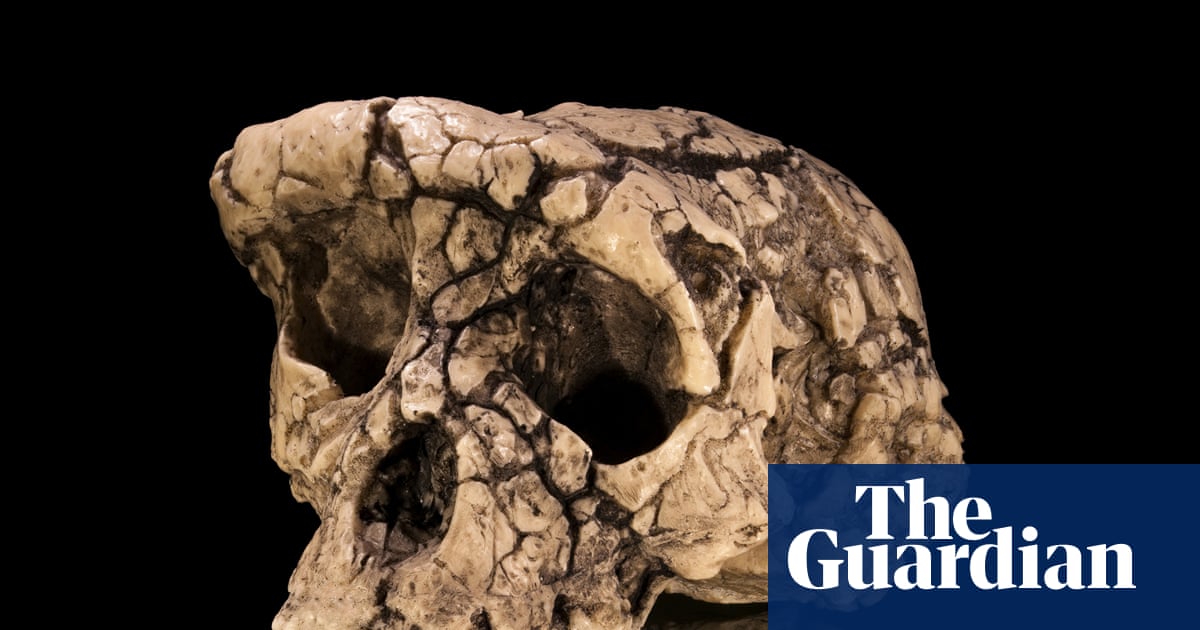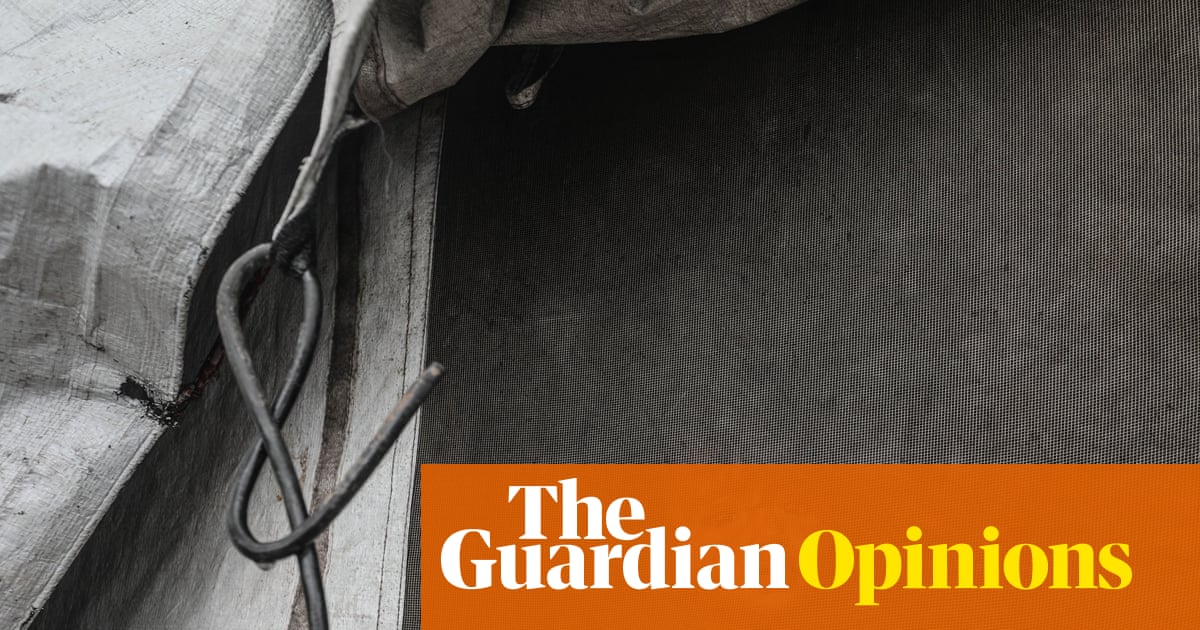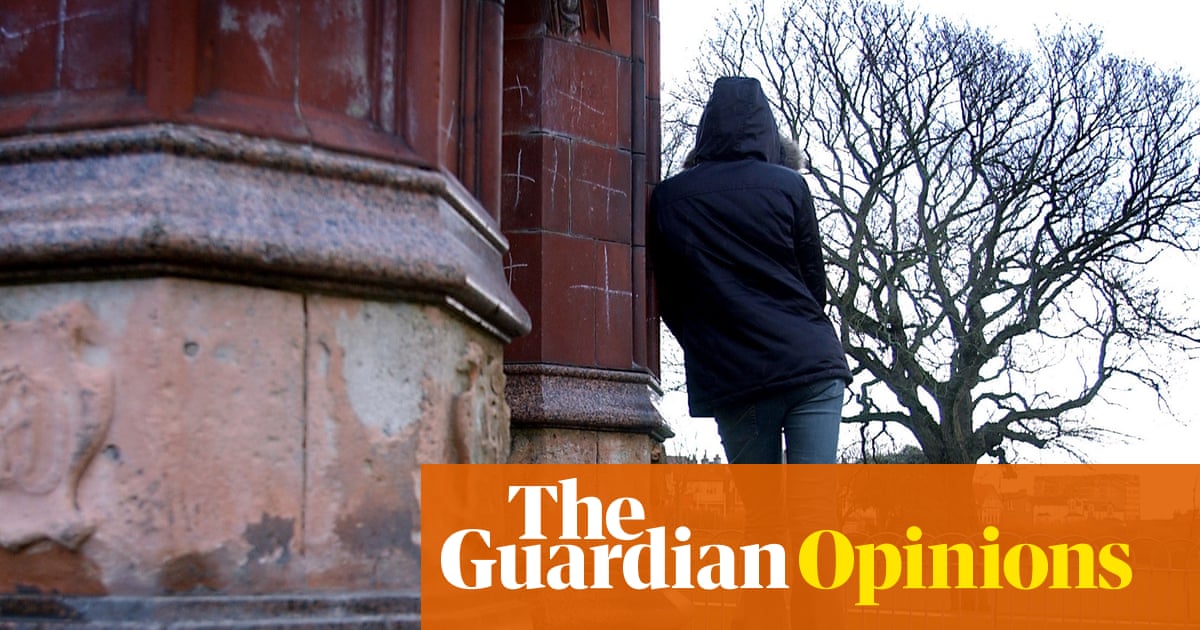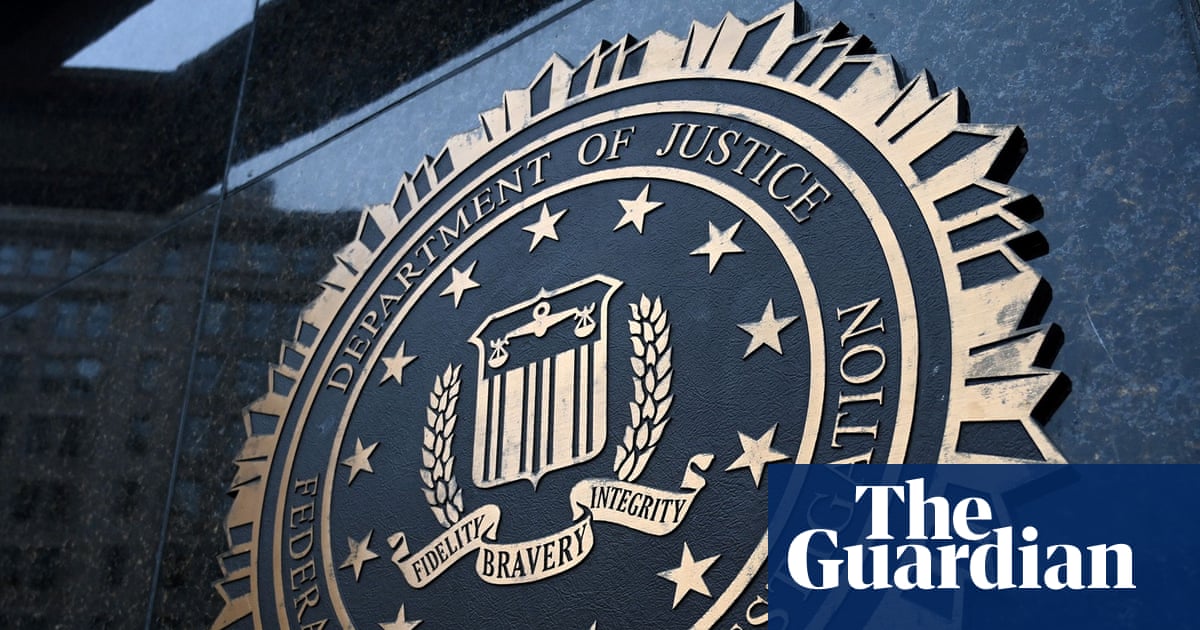Northern Ireland faces a “permacrisis” from recurring race riots and may need to use military bases to shelter people burnt out of their homes, government documents reveal.
Officials fear the region faces prolonged instability and that a single incident, local or international, could spark widespread disorder.
The stark warnings say some displaced families have “gone off-grid” for security and that authorities may struggle to provide safe emergency accommodation if renewed unrest erupts.
Stormont officials painted the bleak portrait – in emails, meeting minutes and other documents obtained by news website the Detail and shared with the Guardian – amid a summer of anti-immigrant violence in Ballymena, Larne and other towns that forced scores of families to flee.
“This is a permacrisis situation due to the recurring nature of public unrest,” an official at the executive office of the first minister, Michelle O’Neill, and the deputy first minister, Emma Little-Pengelly, noted during a multi-agency meeting between government departments and police on 3 July.
The documents reveal that officials took the public housing register offline for at least six weeks, lest it identify potential targets, and that last year foreign health workers were offered personal safety alarms, security escorts and police “reassurance patrols”.
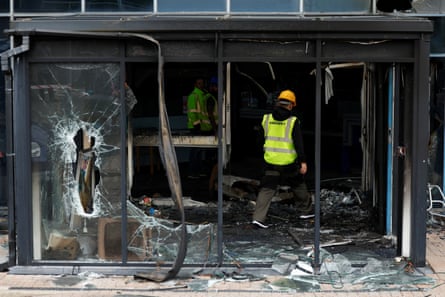
The disclosures are included in hundreds of pieces of correspondence obtained through freedom of information requests by the Detail. The official exchanges, spanning June and July, show the extent of concern that recent racial violence could escalate into a much graver outbreak.
Immigrants have trickled into Northern Ireland since the 1998 Good Friday agreement but ethnic minorities still account for just 3.4% of the population, far below the rest of the UK. Even so, a campaign of vandalism and intimidation has for years targeted non-white families, especially in loyalist areas of County Antrim.
Riots in England in July 2024 spread to Belfast, where mobs targeted foreign-owned businesses. Ballymena erupted in June this year when mobs attacked the homes of Roma families and other foreigners. A vigilante group in east Belfast that styles itself the Belfast Nightwatch First Division challenges dark-skinned males to produce identity documents. Copycat groups have reportedly spread to other parts of the city.
The Stormont documents show how officials are bracing for more crises. “Support centre locations cannot be shared,” said one Department of Communities official in June after masked men torched a leisure centre in Larne that had sheltered families displaced from Ballymena.
Council staff organising emergency accommodation faced intimidation, the official wrote. “These concerns could reduce the ability to open centres due to staff fears – realistically (my view) secure MoD sites might be only option.” The riots subsided in mid-June, averting the need for Ministry of Defence sites.
Officials struggled to keep track of people “decanted” from certain areas, especially those who went “off-grid”, raising concerns that children were missing school. Unaccompanied asylum seeker children in the care of health trusts were told to lock doors and windows, to keep their phones charged and other security measures.
A spokesperson for Stormont’s executive office said authorities had established a strategic coordination group and recovery coordination group for a “joined up” effort to improve community relations and mitigate the risk of further unrest. “Work to tackle racism and hate is a key part of our wider good relations work to build a more inclusive place for everyone.”
Patrick Corrigan, Amnesty International’s Northern Ireland director, said the documents showed the “terrifying impact” of racist violence. “The likelihood of more racist violence seems certain. What is less clear is whether the Northern Ireland authorities are ready to step up to keep people safe.”
Geraldine Hanna, the Northern Ireland Commissioner for victims of crime, said the displacement of vulnerable people, especially children, was deeply distressing and required urgent action. “The events in August 2024 and June 2025 were not isolated incidents but part of a disturbing pattern of violence and intimidation that has left many victims traumatised and entire communities living in fear.”

 3 months ago
97
3 months ago
97







